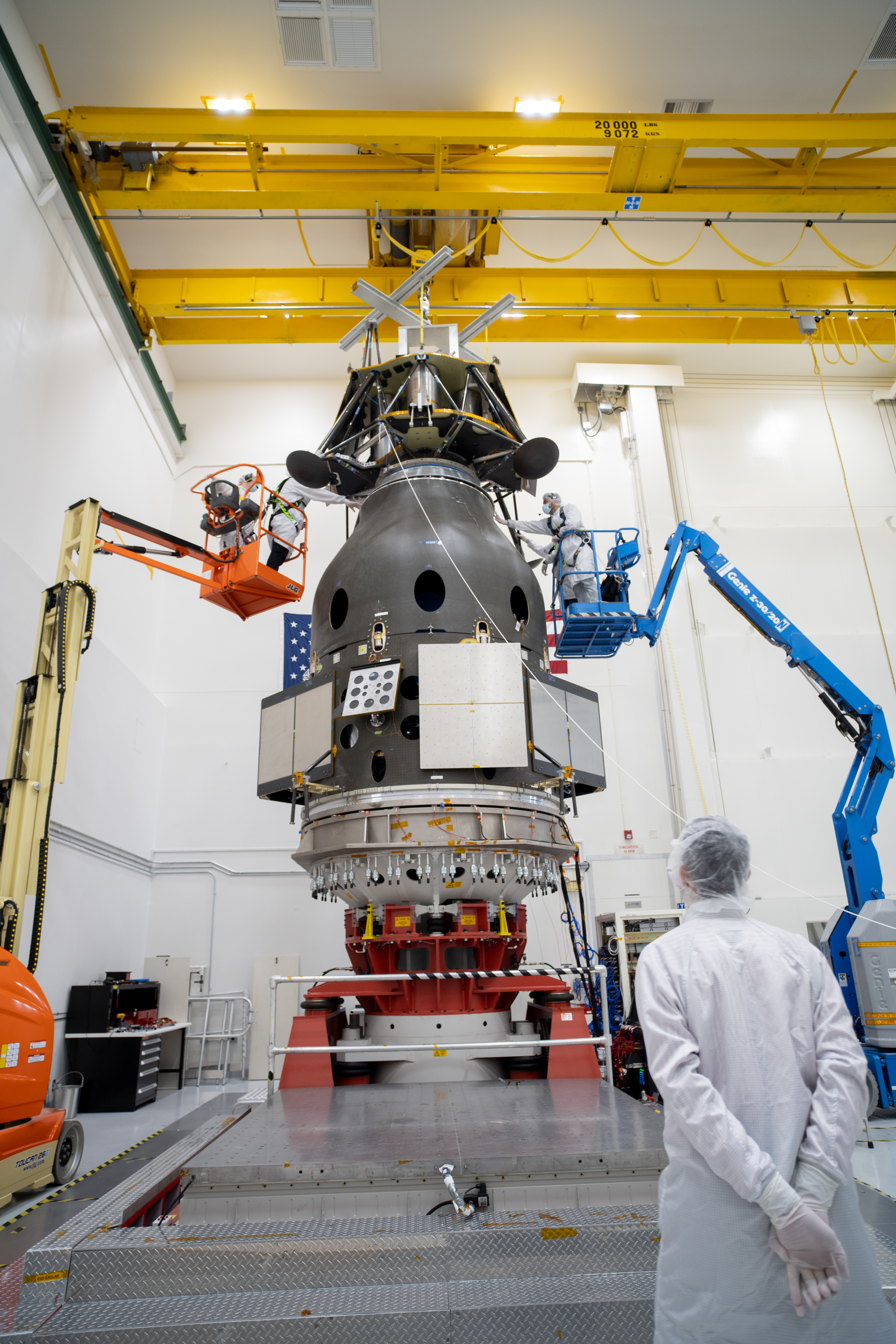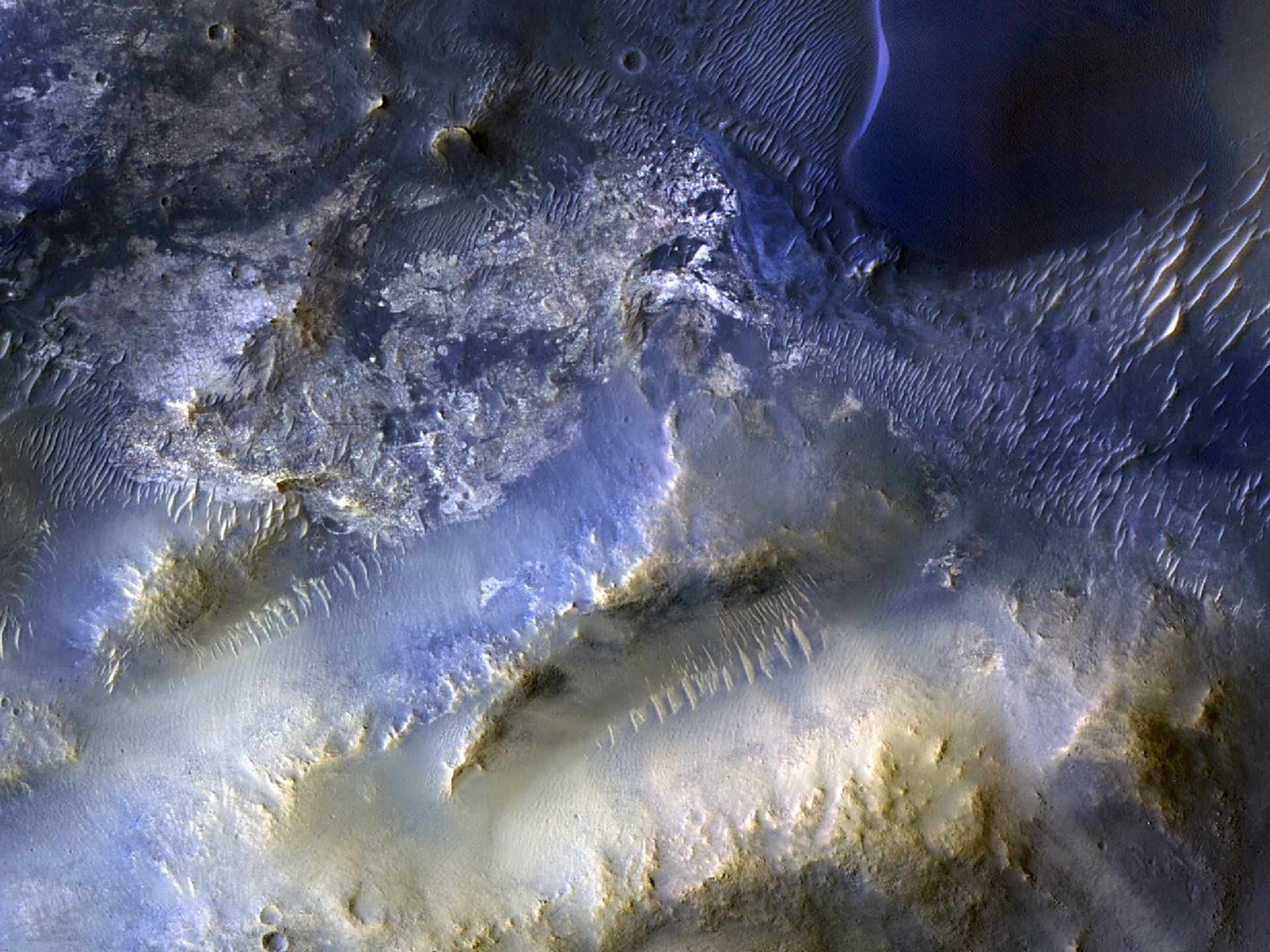
More than 5 billion miles from Earth and 17 years into a mission that included the first close-up exploration of Pluto and the first encounter with a planetary building block in the Kuiper Belt, NASA’s New Horizons continues to shed light on the mysterious planets and smaller bodies of the outer solar system.
Launched in January 2006, the New Horizons spacecraft zoomed past Pluto and its moons in July 2015, before conducting the first reconnaissance of a Kuiper Belt object (KBO), Arrokoth, on New Year’s 2019. The data New Horizons gathered and beamed home during these historic encounters continues to yield new insights into the previously unexplored regions.
New Horizons team members shared some of these discoveries with media on March 14 at the 54th Lunar and Planetary Science Conference in The Woodlands, Texas. Among them: new clues to the origins of Arrokoth, two new findings about ancient and evolving geology of Pluto, and a preview of unique observations of Uranus and Neptune that could improve our knowledge of those worlds and influence how we interpret data on similar planets in other solar systems.
Download the Presentation (PDF):































